Table of Contents
Quick Answers to Top Spice Questions
Based on culinary research and chemical analysis, here's what home cooks need to know immediately:
- Best time to add black pepper: Final 2 minutes of cooking to preserve piperine (degrades above 248°F/120°C)
- Reviving stale spices: Toast whole spices at 300°F (150°C) for 90 seconds; for ground, mix with warm olive oil and strain after 1 hour
- Optimal storage: Whole spices in freezer retain 95% potency after 5 years; ground spices need opaque, vacuum-sealed containers
- Turmeric absorption: Always pair with black pepper (piperine increases curcumin bioavailability by 2,000%)
- Saffron preparation: Steep threads in dish liquid 20 minutes before use for maximum crocin extraction
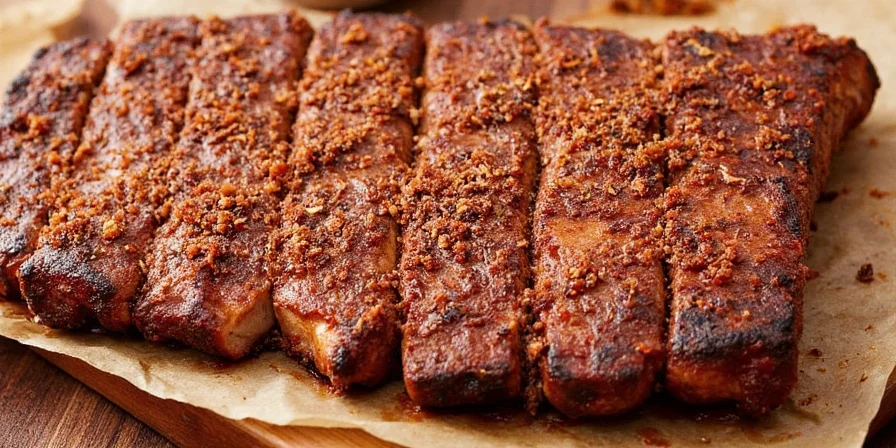
Types of Spices & Their Best Uses
Understanding spice classifications helps you maximize flavor impact in specific dishes:
Seed Spices for Protein Dishes
- Cumin: Dry-toast seeds 30 seconds in oil before adding aromatics for Mexican or Indian dishes (thymoquinone releases at 320°F/160°C)
- Fennel: Adds authentic licorice notes to Italian sausage or fish dishes (anethole content peaks when added with onions)
- Coriander: Balances rich meats in North African tagines (linalool provides citrus undertones)
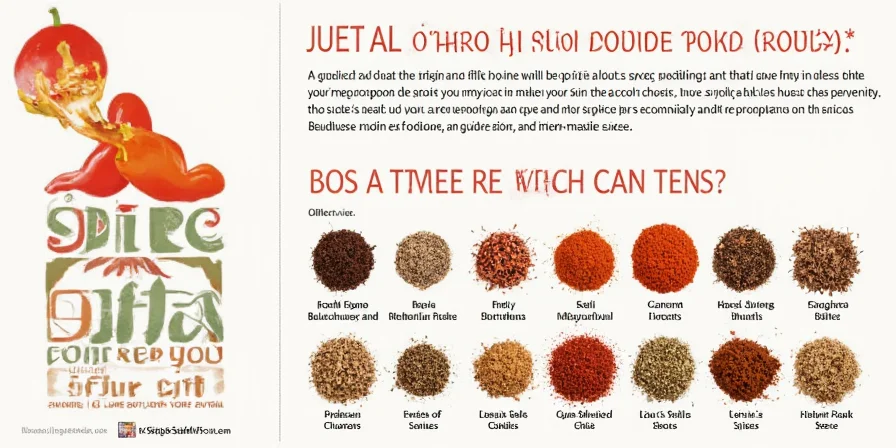
Bark Spices for Baking & Stews
- Ceylon Cinnamon: Safer for daily use (lower coumarin) in baked goods; use 1:1 substitution for cassia
- Cassia: Higher coumarin makes it better for occasional use in stews; limit to 1 tsp per recipe
Root Spices for Health-Forward Cooking
- Fresh Ginger: Add with onions/garlic to infuse base flavors (zingiberene creates fresh heat)
- Turmeric: Always combine with black pepper and healthy fats for maximum curcumin absorption
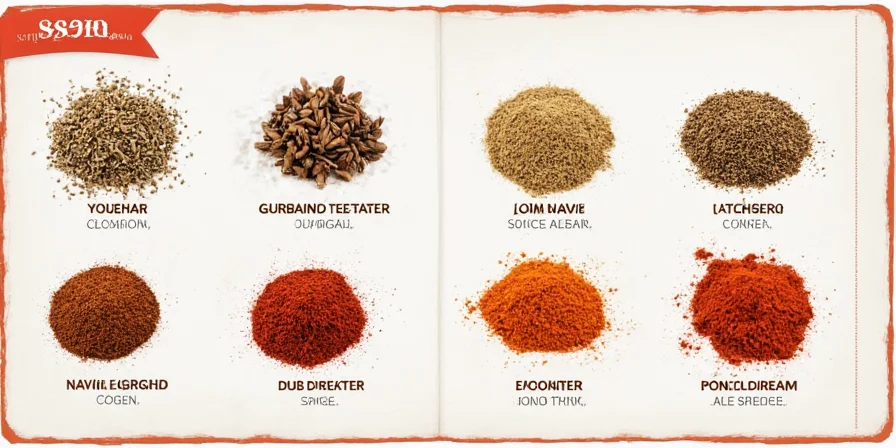
When to Add Spices During Cooking: Precision Timing Guide
Adding spices at specific cooking stages maximizes flavor compound extraction. Follow this evidence-based timeline:
| Spice | Cooking Stage | Scientific Reason | Best Dish Applications |
|---|---|---|---|
| Black Pepper | Final 2 minutes | Piperine degrades above 248°F (120°C) | All finished dishes, especially creamy sauces |
| Cumin Seeds | 30 seconds in hot oil before aromatics | Thymoquinone releases at 320°F (160°C) | Tacos, chili, curry bases |
| Fresh Ginger | With onions/garlic | Zingiberene infuses base flavors | Stir-fries, soups, marinades |
| Saffron | Steep in liquid 20 minutes pre-use | Crocin solubility requires time | Paella, bouillabaisse, risotto |
| Chili Powder | After tomato paste caramelization | Capsaicin bonds with fats for even heat | Chili, stews, barbecue sauces |

Science-Backed Health Insights (With Proper Context)
Research indicates potential physiological effects when spices are consumed as part of balanced diets. These findings come from peer-reviewed studies, but spices should complement—not replace—medical treatments:
- Turmeric: A 2023 Nutrition Journal meta-analysis showed curcumin with piperine may support joint comfort at 500mg doses
- Cinnamon: Limited to 6g daily due to coumarin content; best for metabolic balance when paired with fiber-rich foods
- Ginger: 1g doses show nausea relief efficacy per Food Science & Nutrition (2024), but consult your physician about medication interactions
- Garlic: Allicin compounds require crushing and 10-minute rest before cooking for maximum benefit
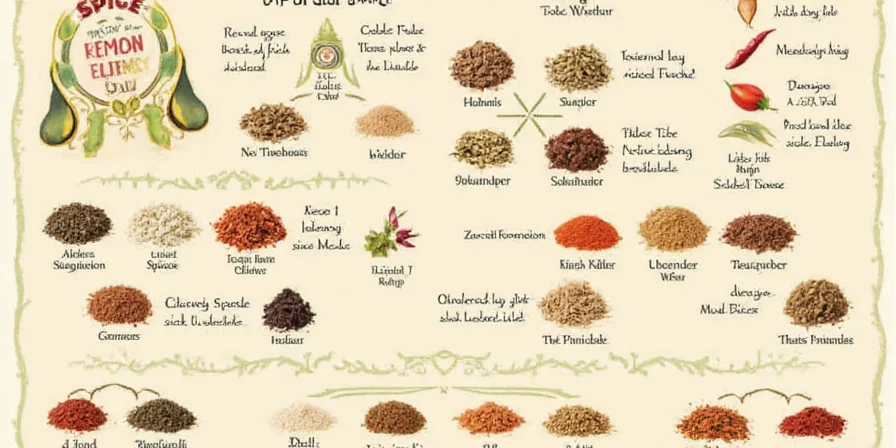
Important Note:
Consult healthcare providers before using high spice concentrations for therapeutic purposes, especially if taking medications like blood thinners. Turmeric and ginger may enhance anticoagulant effects.
Proven Spice Storage Techniques That Work
Light and oxygen degrade flavor compounds exponentially. Implement these research-backed methods:
- Whole vs. ground: Whole spices retain potency 3x longer; grind only what you'll use within 2 weeks
- Container choice: Opaque containers reduce light exposure by 99% compared to clear jars
- Vacuum sealing: Extends ground spice viability from 6 to 18 months
- Temperature control: Whole spices in freezer retain 95% potency after 5 years at 0°F (-18°C)
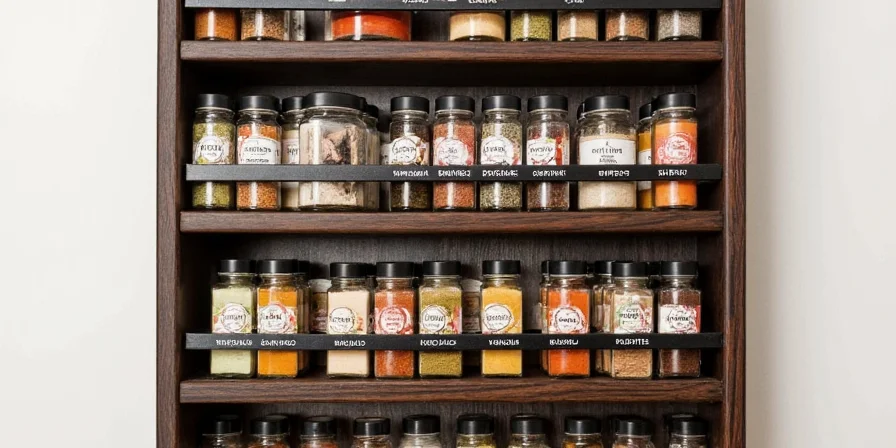
Shelf Life Verification Method:
Place 1/4 teaspoon spice on damp paper towel. Fresh spices will leave visible oil rings within 5 minutes; expired ones won't. For ground spices, this test becomes unreliable after 6 months.
Frequently Asked Questions: Practical Solutions
When should I use whole versus ground spices?
Use whole spices for infusions (like in rice or broth) where you want gradual flavor release and can remove them later. Use ground spices when you need immediate, uniform flavor distribution in sauces and rubs. Whole cumin seeds in yogurt provide textural contrast while ground creates uniform flavor in curry bases.
How can I tell if my spices have lost potency?
Perform the paper towel test: place 1/4 tsp spice on damp paper towel. Fresh spices leave oil rings in 5 minutes. For visual cues: vibrant color indicates freshness (paprika should be bright red, not brick-colored). Smell test: fresh spices have strong, distinctive aromas; stale ones smell dusty or neutral.
Why does my turmeric stain containers yellow?
Curcumin binds strongly to plastic polymers. Prevent staining by storing turmeric in glass containers immediately after opening, or line plastic containers with wax paper. For existing stains, rub with baking soda paste and expose to sunlight for 24 hours—UV light breaks down the curcumin molecules.
Can I substitute smoked paprika for regular paprika?
Yes, but adjust proportions. Smoked paprika contains phenolic compounds from wood smoke that regular paprika lacks. In tomato-based sauces, use 3/4 teaspoon smoked paprika per 1 teaspoon regular to avoid overpowering. For dishes where smokiness complements ingredients (like grilled meats or bean dishes), substitution works well at 1:1 ratio.
Do spices really expire, or can I keep using old ones?
Spices don't spoil but lose potency. Ground spices maintain peak flavor for 6 months; whole spices for 1-2 years. While safe to use indefinitely, spices older than these timeframes won't deliver expected flavor impact. For critical dishes like curry or spice rubs, freshness matters most—use the paper towel test to check potency before important meals.
Implementing these precise techniques transforms ordinary cooking into extraordinary results. By understanding the science behind spice behavior—not just following recipes—you'll consistently achieve balanced, professional-quality flavors at home. The difference between depth and disharmony is often just 1/8 teaspoon and perfect timing.
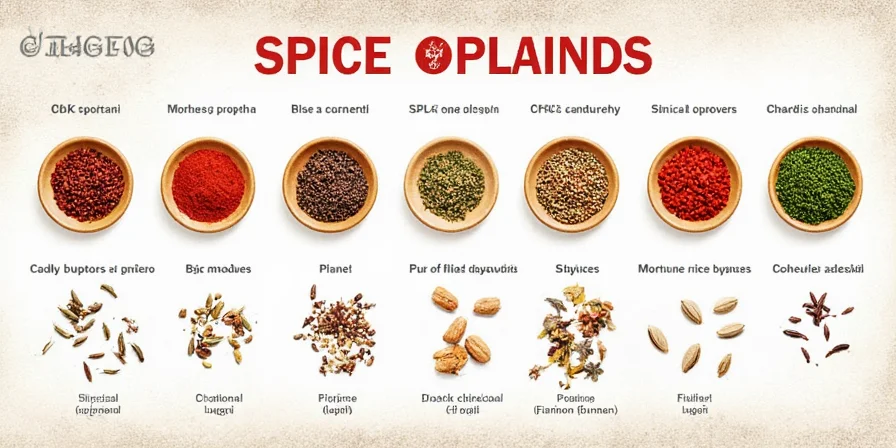

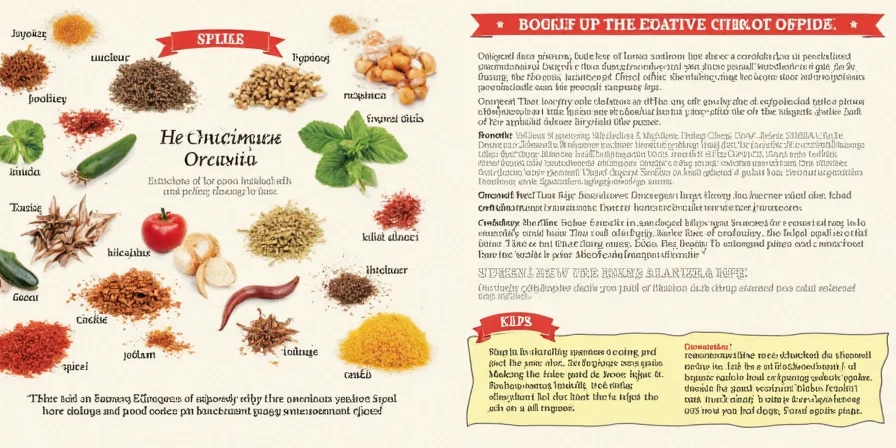









 浙公网安备
33010002000092号
浙公网安备
33010002000092号 浙B2-20120091-4
浙B2-20120091-4